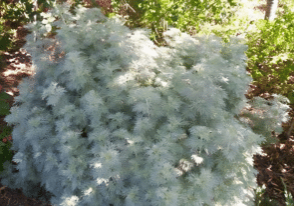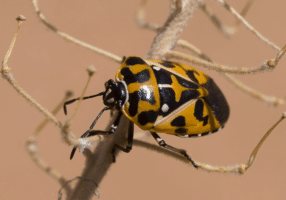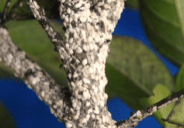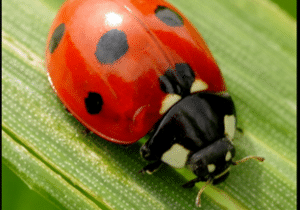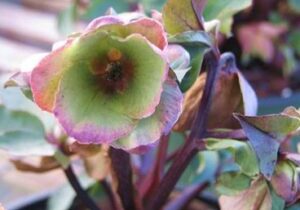By Steve Pulliam

Steve Pulliam
Earned his MA and BS degrees from Columbia International University. He is the President of IntegrityWorks, LLC and HomeScape Carolina
How To Identify Poison Ivy
The old adage "Leaves of Three, let it Be" is often cited to help us remember how to spot or otherwise avoid exposure to poison ivy (Toxicodendron radicans). This is not entirely helpful when we consider that there are many harmless plants having three leaves, such as hickory saplings, thimbleberry, wild strawberries, box elder and others, that are often mistaken for poison ivy.
Because there is so much confusion, I am often asked how to identify the troublesome pest. Having worked in the landscape industry for many years and being highly allergic to poison ivy, I learned very early how to spot it as quickly as possible.
Poison ivy can morph and take on many appearances. For example, it is often found as a thick hairy vine, a hundred feet or more in length, scaling up a tree, a wall or lamp post, or it can appear as a ground cover with thin individual stalk-like stems a couple of feet high.
Fortunately, there are a couple of distinguishing characteristics that make it very easy to identify. Poison ivy has compound leaves that are always comprised of three pointed leaflets. The size and color of the leaves can vary greatly depending on the season, water availability, age, and vigor of the plant, etc. The key distinguishing characteristic however is the strange asymmetrical lobes of the leaves. The middle leaf (as shown in the photo) is somewhat symmetrical, while the two side leaflets are not. Notice that the leaves are smooth on one side but have a single or double pointed lobe (sometimes up to 5 pointed lobes on the bottom side of the leaflet). The set of three leaflets are rarely, if ever, symmetrical in appearance. Keeping that in mind should go a long way towards being able to easily spot it.


